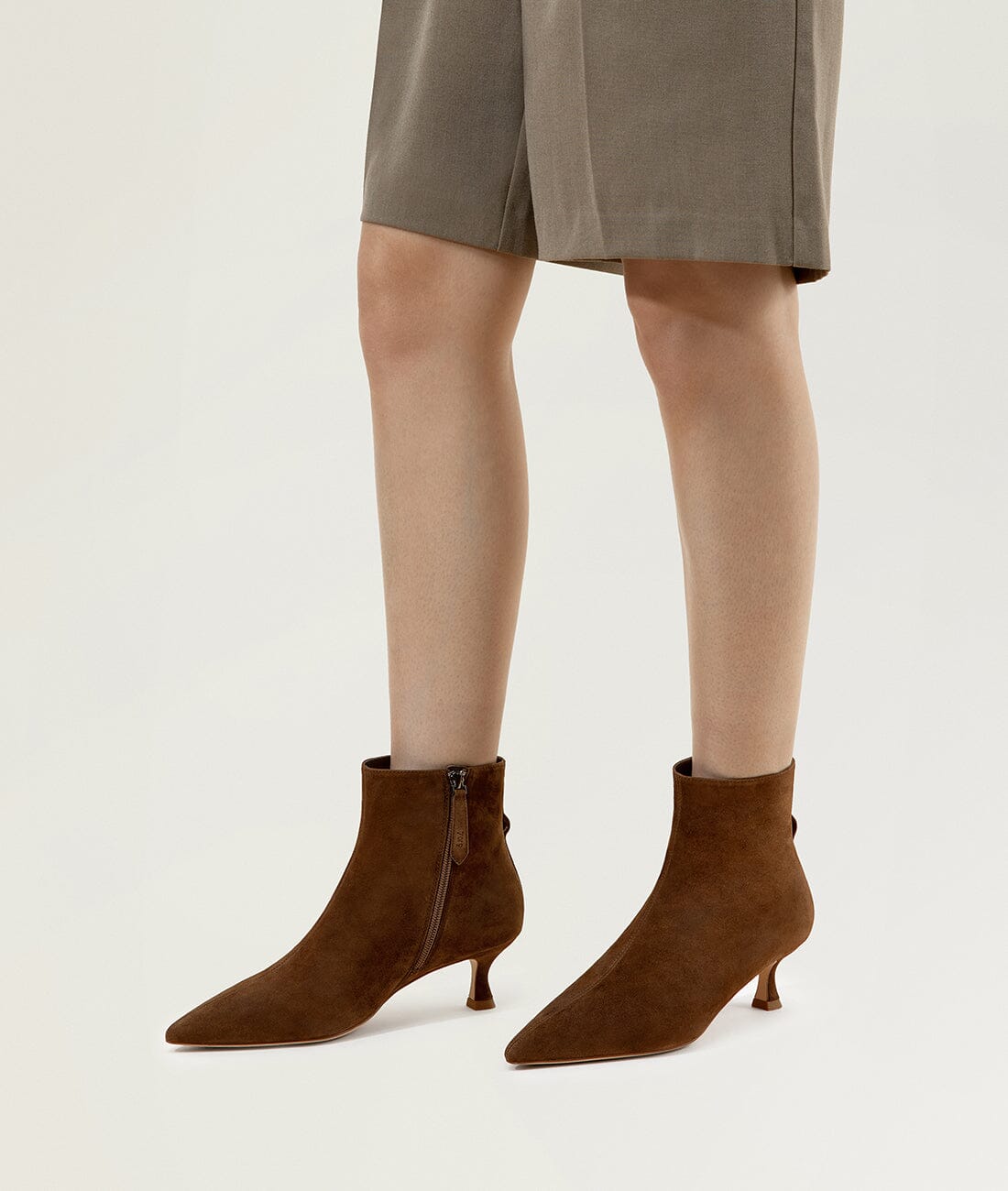Women's heeled boots have a rich history that spans centuries, evolving from practical footwear to iconic fashion statements. Throughout the years, these boots have undergone various transformations, reflecting the changing trends and societal norms. Let's delve into the fascinating journey of women's heeled boots and explore some of their iconic moments.

The Early Origins
The history of women's heeled boots can be traced back to ancient civilizations. In ancient Egypt, both men and women wore heeled shoes as a symbol of social status. These early heels were often made of wood or stacked leather, providing an elevated platform for the wearer.
During the Renaissance period in Europe, heeled boots became popular among the upper class. The heels were typically high and slender, reflecting the elegance and refinement of the era. These boots were often adorned with intricate embroidery and embellishments, showcasing the wearer's wealth and status.
The Rise of Practicality
In the 18th and 19th centuries, women's heeled boots took on a more practical role. As industrialization progressed, women needed footwear that could withstand the demands of their changing lifestyles. Heeled boots became sturdier and more durable, designed to provide support and protection.
One iconic moment in the history of women's heeled boots was the introduction of the Victorian button boots in the 19th century. These boots featured a row of buttons along the side, allowing for a snug fit. They were often made of leather and had a moderate heel height, striking a balance between fashion and functionality.
The Fashion Revolution
The 20th century witnessed a revolution in women's fashion, and heeled boots played a significant role in this transformation. In the 1960s, the iconic go-go boots emerged, capturing the spirit of the mod subculture. These boots were typically made of patent leather and had a low block heel, reflecting the youthful and rebellious energy of the era.
Another iconic moment in the history of women's heeled boots was the introduction of the stiletto heel in the 1950s. This slender, high heel became synonymous with femininity and glamour, epitomizing the elegance of the post-war era. Stiletto heeled boots became a staple in women's fashion, exuding confidence and sophistication.
The Modern Era
In the present day, women's heeled boots continue to evolve and adapt to the ever-changing fashion landscape. Designers experiment with different materials, heel heights, and styles to cater to diverse tastes and preferences. From ankle boots to knee-high boots, there is a wide range of options available for women to express their individuality.
One recent trend in women's heeled boots is the incorporation of sustainable and eco-friendly materials. As society becomes more conscious of the environmental impact of fashion, designers are embracing innovative materials such as vegan leather and recycled fabrics. This shift towards sustainability reflects the changing values and priorities of modern consumers.
As we reflect on the history of women's heeled boots, it is evident that these footwear staples have come a long way. From their origins in ancient civilizations to their status as fashion icons, women's heeled boots have left an indelible mark on the world of fashion.
Conclusion
The history of women's heeled boots is a testament to the ever-evolving nature of fashion. From practicality to fashion statements, these boots have adapted to the changing needs and desires of women throughout the centuries. Whether it's the elegance of the Renaissance or the rebellious spirit of the 1960s, women's heeled boots have always been a symbol of style and empowerment.








